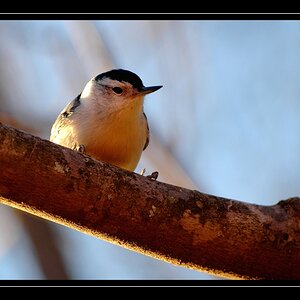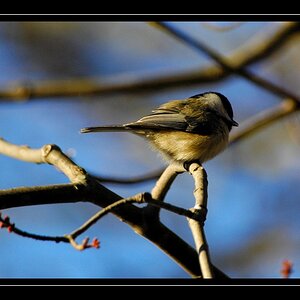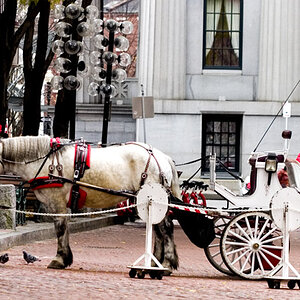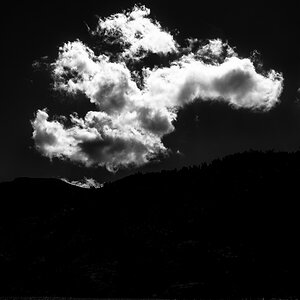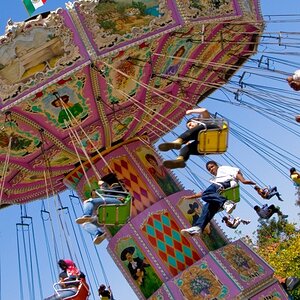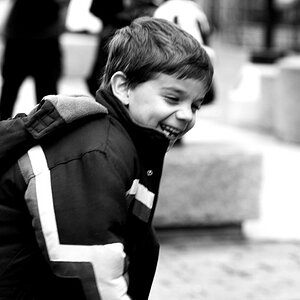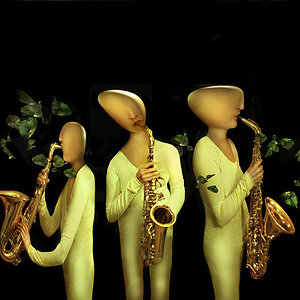ptvredwings
TPF Noob!
- Joined
- Aug 18, 2016
- Messages
- 8
- Reaction score
- 0
So I definitely understand what each setting is and the matter of counterbalancing them with each other to create a good looking image. But I have learned a large part of my photography from doing lowlight with fairly limited gear. I had always gone straight for lowering my aperture to 2.8 or 1.8, and typically doing concerts also have to increase my shutter for the motion and then figure out an ISO that's not too high for it. Obviously anything can be done for artistic purposes but with doing more daylight shoots and able to have more light source what typically would a portrait be set at? I've been told that you shouldn't increase the shutter too high, your aperture shouldn't be as low to retain a sharper image so what would you guys suggest?




